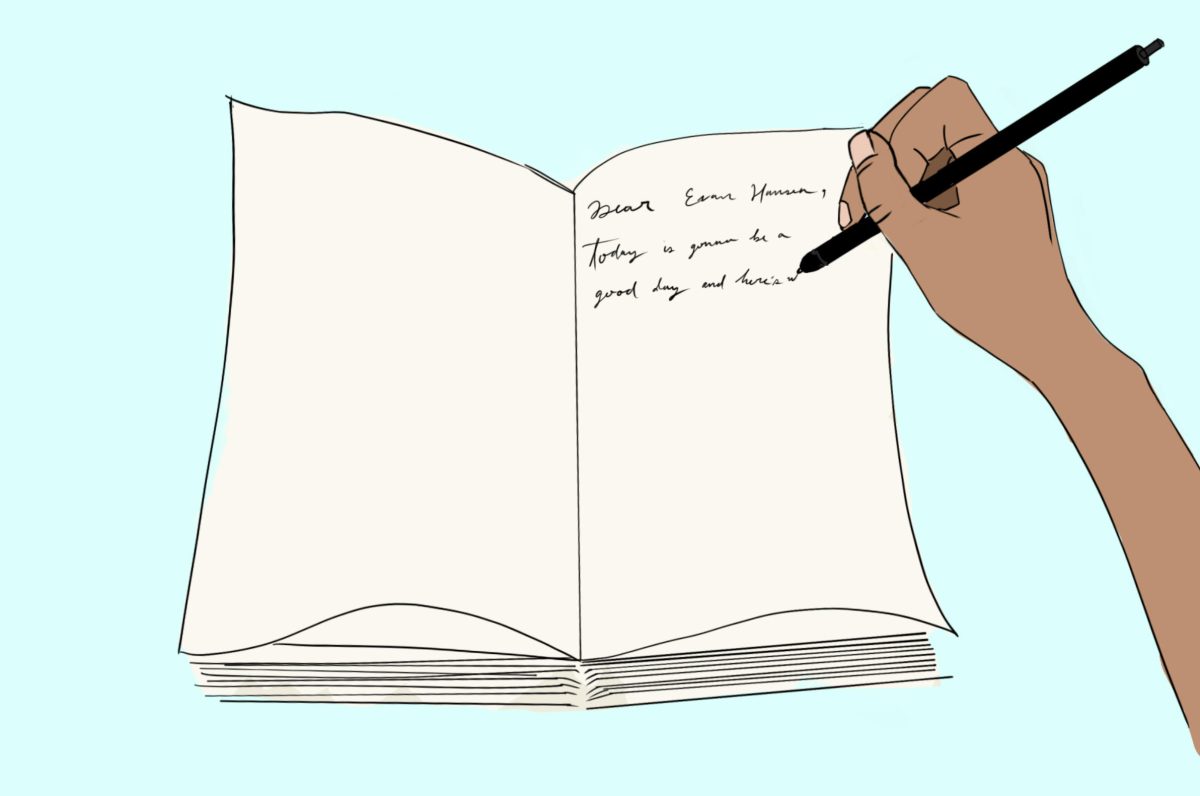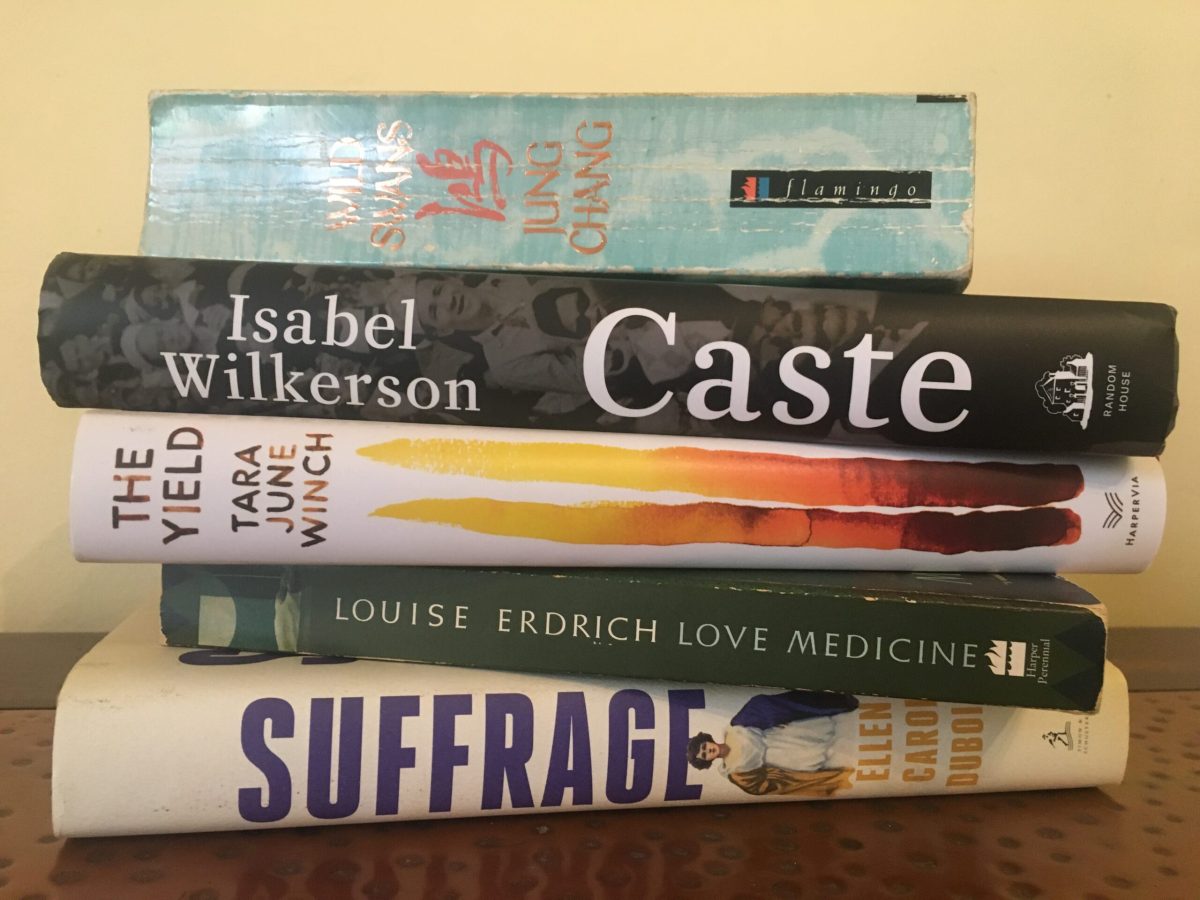
In November of 1999, twenty-one bored Bay Area residents each set out to complete a daunting task: to write a novel in thirty days. This fateful month marked the first National Novel Writing month, also known as NaNoWriMo is exactly what is sounds like—a month totally dedicated to the writing of a novel. In order to “win,” participants must churn out a 50,000-word story by 11:59 p.m. on Nov. 30. Participants don’t need to have edited it, or really have done anything to it besides typed it out. No one has to read it, and the story and prose can be total crap.
To the non-participant this may sound like the definition of hell. Why do all this writing in such a short amount of time with nothing to gain? Apparently, there are a lot of reasons. The first is to provide writers with an excuse to let their creativity flow. With no requirements besides that goal of reaching 50,000 words, the program is a creativity field day (or should I say, month). The second is added motivation. Because of the deadline, aspiring writers must sit down and just get their novel done. No excuses or procrastination: it’s either done by the end of November, or it’s late. The only consequence for failing to meet their goal is their own disappointment. This is an unusual development in the world of literature, in which there are no deadlines and writers tend to focus on quality over quantity.
The program has become wildly popular, with 341,375 people completing the challenge in 2012. A youth program that allows for a smaller word-count goal has become available to middle- and high-school students in recent years, with over 80,000 participants nationwide last year.
A number of novels written in NaNoWriMo (and edited in the following months) have actually been published, including the New York Times Best Seller for Young Adults, The Forest of Hands and Teeth by Carrie Ryan.
If this sounds interesting to you, do it. Don’t hesitate, second guess, or procrastinate. Time is running out. It will be fun, it will be crazy, but it will be worth it.






